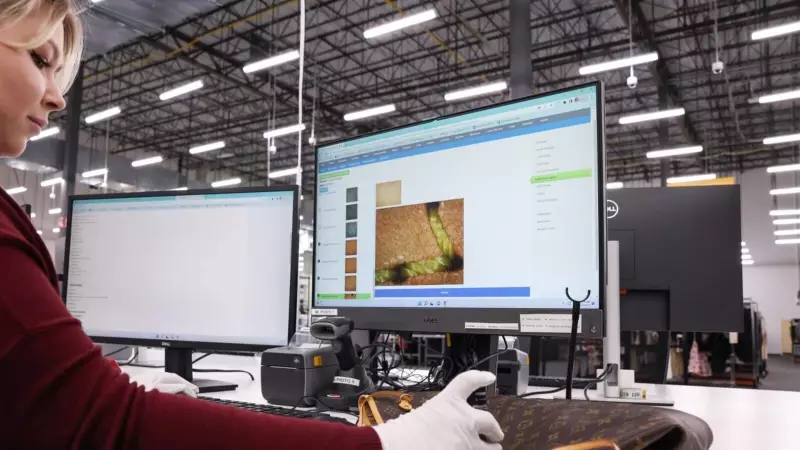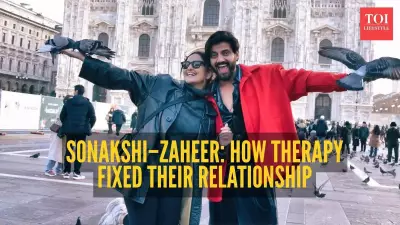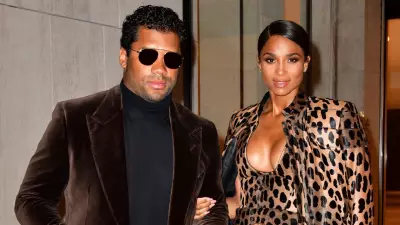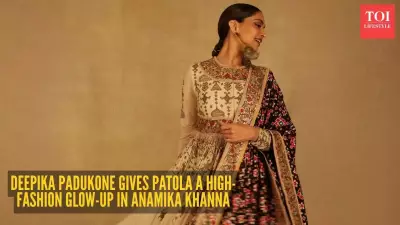
In a surprising twist of fate, luxury giants like Chanel, Louis Vuitton, and Hermès are facing their most formidable competitor yet—their own past creations. The booming pre-owned luxury market has emerged as a serious threat to new product sales, creating an unprecedented challenge for the $1.5 trillion luxury industry.
The $24 Billion Shadow Market
The second-hand luxury goods market has exploded to a staggering $24-25 billion valuation, growing at nearly twice the pace of the primary market. What was once considered a niche segment has transformed into a major force that luxury brands can no longer ignore.
"The competition is no longer just between luxury houses," explains Rahul Kapoor, a luxury market analyst. "Today, a brand's biggest rival is the very products it sold years ago. A customer deciding between a new Chanel Classic Flap bag and a pristine pre-owned version represents the central battleground in modern luxury retail."
Luxury Brands Fight Back
Faced with this growing threat, luxury houses are deploying sophisticated strategies to protect their turf:
- Aggressive Price Increases: Chanel has notably increased prices of their iconic bags by 70-80% since 2019, deliberately widening the gap between new and pre-owned prices
- Owned Resale Platforms: Brands like Brunello Cucinelli are launching certified pre-owned programs to control the secondary market
- Enhanced Authentication: Implementing sophisticated tracking and authentication systems to maintain brand integrity
- Exclusive Experiences: Offering services and experiences that pre-owned purchases cannot replicate
The Indian Luxury Conundrum
In India's rapidly growing luxury market, the pre-owned segment presents both challenge and opportunity. Affluent Indian consumers are increasingly savvy about their luxury purchases, often weighing the value proposition between new and authenticated pre-owned items.
"The Indian luxury consumer is becoming more sophisticated," notes Priya Sharma, who runs a luxury consignment service in Delhi. "Many clients now see pre-owned luxury as a smarter investment, especially for iconic pieces that hold their value."
The Sustainability Angle
The pre-owned luxury boom aligns perfectly with growing consumer consciousness about sustainability. Buying second-hand extends the life cycle of premium products and reduces environmental impact—a value proposition that resonates strongly with younger luxury consumers.
This creates a delicate balancing act for luxury brands: how to maintain exclusivity and drive new sales while acknowledging the sustainability benefits of their products' longevity.
The Future of Luxury Retail
As the pre-owned market continues its rapid expansion, luxury brands must innovate to stay relevant. The traditional model of simply creating desire for new products is no longer sufficient. The most successful brands will be those that can effectively navigate both primary and secondary markets while maintaining their brand mystique.
The battle between the new and the pre-owned represents a fundamental shift in luxury retail—one that will define the industry for years to come.





